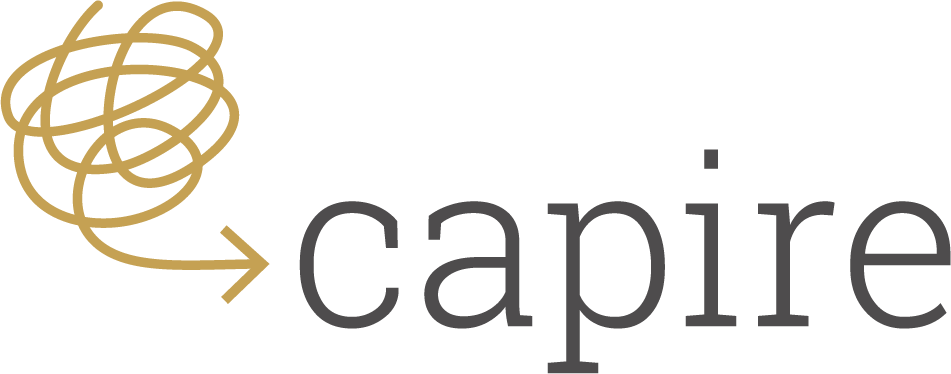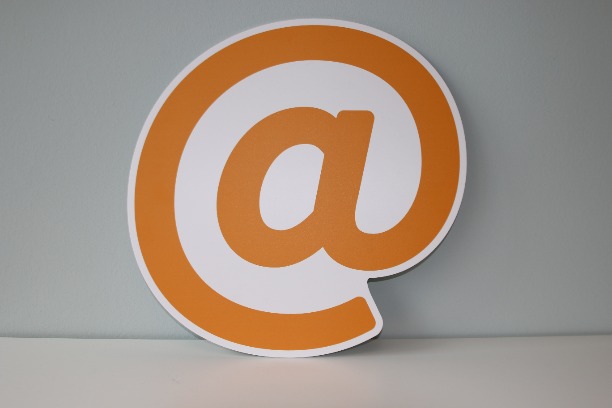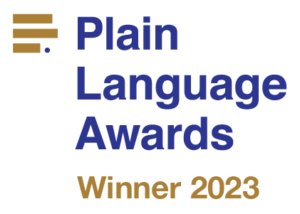Write clear emails
Email is such a quick and convenient way to communicate, it’s tempting to fire off a message without putting much thought into it. However, a poorly crafted email may not get the result you’re hoping for, as the recipients may misunderstand what you’re telling them or asking them to do.
When you write clear emails you make it quicker and easier for your readers to understand and respond, which saves you both time.
Tips for writing a good clear email
Check that email is the right way to communicate your message
When your message is urgent, don’t rely on email. Talking to someone face-to-face or on the phone is quicker and more effective. It makes it easier to convey the tone you want and resolve any misunderstandings.
Don’t use email to avoid a difficult conversation. People can easily misinterpret emails and take offence, and you won’t there to support them.
Remember that people can forward your email to someone else. Don’t write anything in an email that you would be uncomfortable with them sharing with other people.
Plan what you want to say
When you’ve decided that email is the right approach for your message, create a simple plan. Consider who you are writing to (your audience), why you are writing to them and what you want your email to achieve (your purpose). Try to limit each email to one subject. Keep your audience and purpose in mind while you are writing, so that your email stays short and focused. Here are some useful prompts to help you make your plan.
Communicate the purpose of the email in the subject line
The average full-time worker in America receives 120 emails every day. When you use a clear, informative subject line, your email will stand out in your audience’s busy inbox. It also helps people quickly understand what you expect of them, which makes it more likely they will respond in the way you need them to.
Get to the point in the first couple of sentences
Busy people don’t have time to read long emails. If your email is long, muddled or waffly, they may stop reading it before they’ve got to your main point. Explain why you are emailing and what you want from your audience within the first paragraph. Use the rest of the email to provide any other information they need to respond to you.
Use a separate paragraph for each point
If you have five main points to get across in your email, use a separate paragraph for each one. This makes it easier for your audience to understand your messages and information. It also helps keep your paragraphs short, which makes your email quicker to read. Long paragraphs are harder to decipher in an email than in a document, especially if they are read on the small screen of a mobile phone.
Use plain English
Plain English is effective at getting messages across quickly. It makes it easier for people to understand what they need to do with information they are given to read. Here are more tips on how to use plain English, and a plain English checklist to download and refer to while you’re writing.
Give clear instructions
If you want your audience to do something after reading your email, make sure you include clear instructions. Include relevant dates and the details of someone to contact if they have questions or need help.
Keep it short
Opening a long email — one that is longer than a computer screen or a couple of scrolls down your mobile phone — can be overwhelming. This risks your email not being read, understood and acted on.
Having a clear purpose, and sticking to it, and focusing your email on one subject will help to keep your email short and succinct. Here are some other ways to keep your writing succinct.
If you do need to write a longer email, break up your content with subheadings and lists to make it easier for your audience to follow.
Check your email before you hit send
Proofreading your email before you send it is the opportunity to pick up spelling, grammar and punctuation issues; inaccuracies (such as the wrong names, dates or locations); and inconsistencies (such as different ways to refer to the same concept). Finally, remember to check embedded links are correct and working, and any attachments you refer to are attached.
Now you can hit send!
Capire is a leading New Zealand writing consultancy for governments, NGOs and international development agencies. We help organisations transform their complexity into plain English. Find out more about how we can help your organisation or sign up for our newsletter to get more tips to improve your writing.























